Agricultural and Applied Economics
-

B 1331
Canola Production in Georgia
This publication covers best management practices for canola production in Georgia. Growing canola profitably takes planning and good management, from seed selection to harvest to marketing.
G. David Buntin, Timothy Branner Brenneman, Timothy Lane Grey, James W. Buck, Eric P. Prostko, and Amanda R Smith
|
-
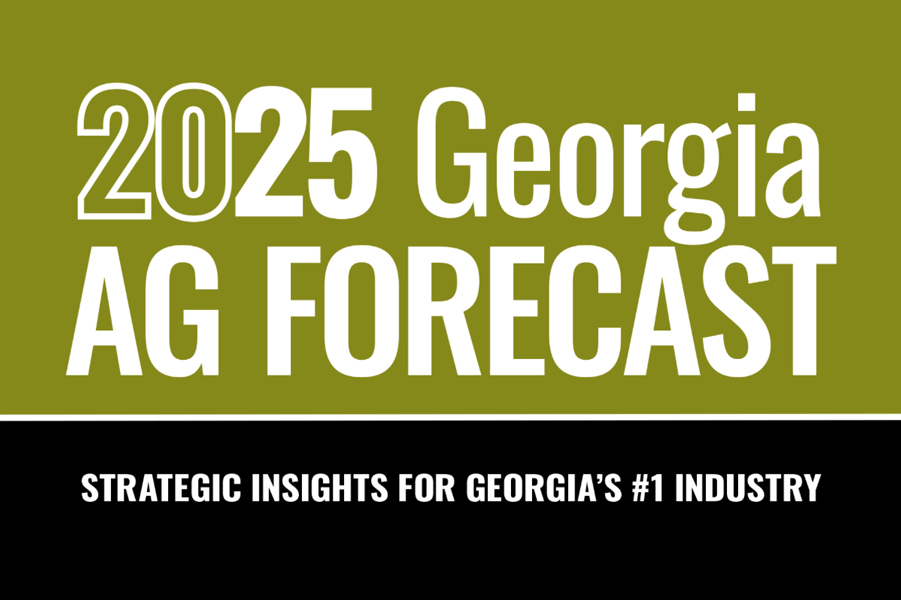
AP 130-3-01
2025 Overall U.S. and Georgia Economic Outlook
Each year, UGA’s agricultural economists develop a comprehensive overview to help various sectors of the agriculture industry navigate the year ahead. As Georgia’s land-grant university, the University of Georgia conducts cutting-edge research on critical and emerging issues that are important to the agriculture industry. From this research, UGA provides the best information and education available to producers and constituents to equip them with knowledge and decision-making tools for their businesses. Forecast by Jeffrey M. Humphreys, UGA, Director of the Selig Center for Economic Growth.
Ben Campbell
|
-
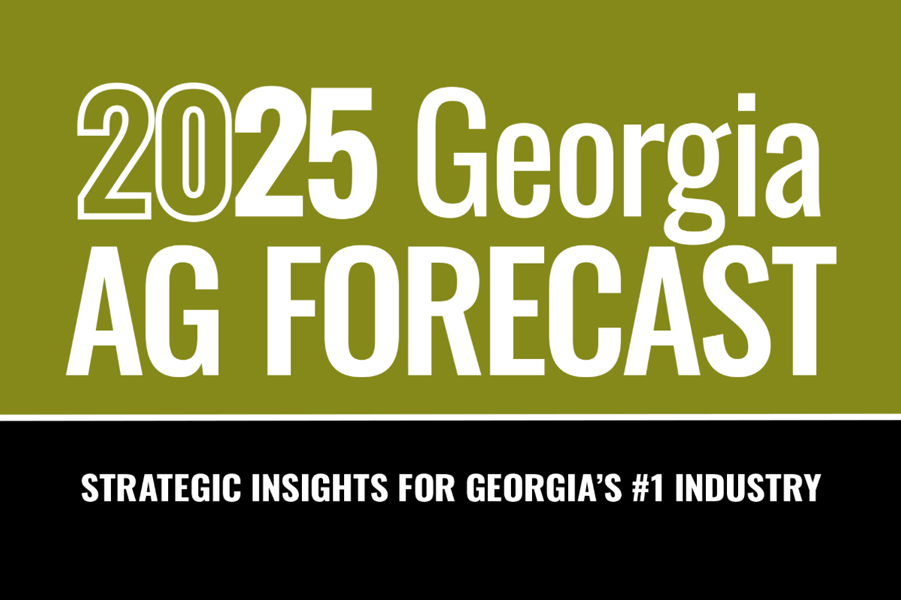
AP 130-3-17
Georgia’s Food & Beverage Industry 2025 Outlook
1. Consumer spending on food away from home increased in 2023, both nationally and in Georgia, driving overall food spending growth and reflecting a national trend of continued consumer preference for dining away from home.
2. Georgia’s industry should continue to experience growth in full-service restaurants, limited-service restaurants, and all other food and drinking places.
3. Because of their relatively lower labor and operating costs, limited-service restaurants have experienced the most significant growth both in year-over-year and 5-year periods and should continue to increase at a fast pace.Daniel Remar
|
-
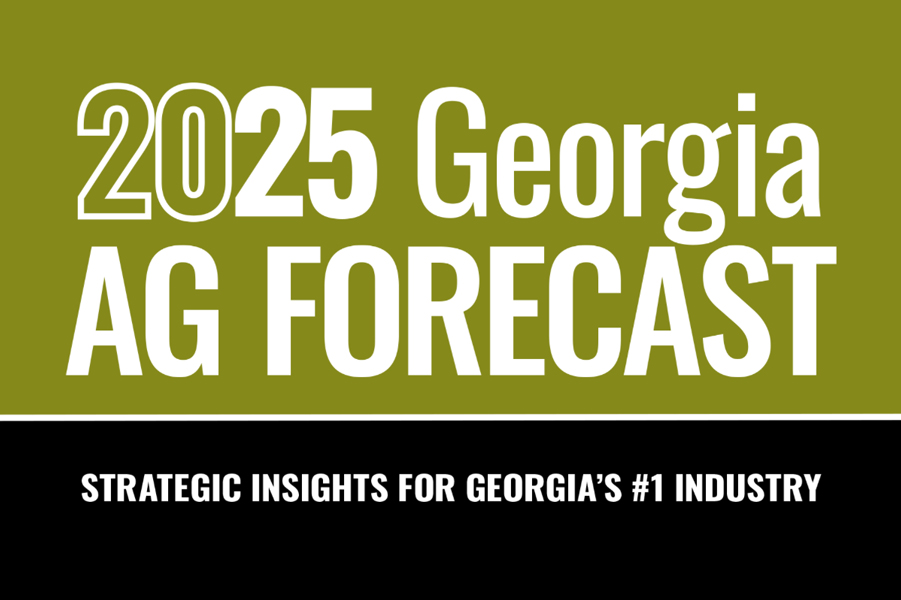
AP 130-3-02
2025 Georgia Agriculture Outlook
1. Food price growth in 2025 is projected to align with inflation at around 2.5%, although prices for food consumed away from home are expected to remain higher than those for food consumed at home. Commodity prices are forecast to trend downward in the near term, with stability anticipated in the medium term.
2. According to the most recent USDA farm income forecast, declining crop prices are expected to outweigh revenue gains from animal products, combined with slightly reduced input costs, leading to lower national net farm income in 2024.
3. USDA projections indicate a decline in net farm income of 4.1% in nominal terms and 6.3% in inflation-adjusted terms nationally in 2024. However, these projections will not apply to Georgia because of the significant damages caused by Hurricane Helene, which resulted in lost output and infrastructure.
4. Looking forward to 2025 and beyond, numerous geopolitical risks combined with various proposed policies—including tariffs and retaliation, immigration controls, tax policies, energy strategies, and inflation-targeted monetary policies—contribute to ongoing uncertainties surrounding U.S. and Georgia agricultural economic outcomes.Gopinath (Gopi) Munisamy
|
-
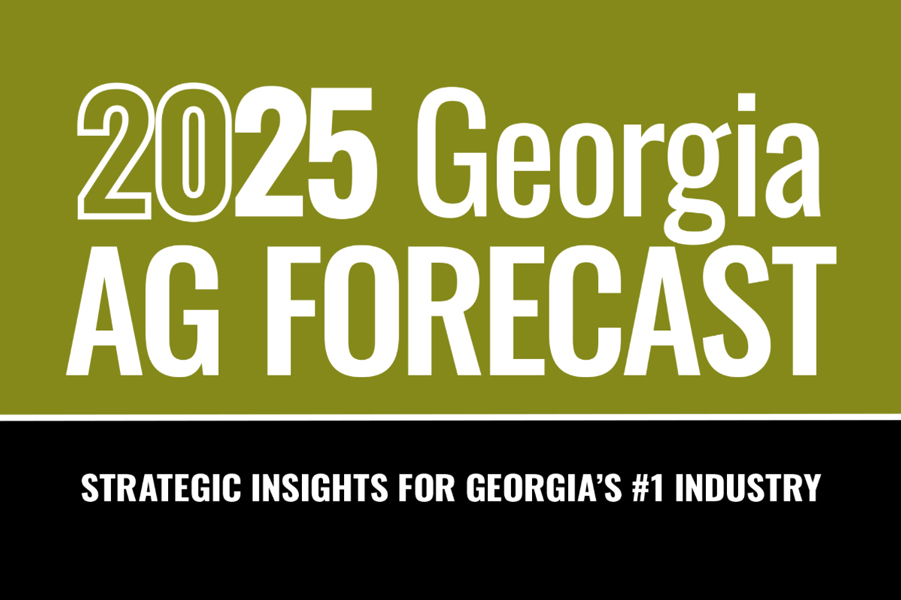
AP 130-3-03
2025 Inputs and Production Expenditures Forecast
1. U.S. farm production expenditures declined by a moderate 4.1% in 2024 compared to 2023, but remained elevated relative to recent decades, totaling $453.9 billion.
2. Forecasted U.S. farm production expenses for 2024 show increases in labor, livestock/poultry purchases, and property taxes/fees, along with reductions in feed purchases, fertilizer, pesticides, and fuel/oil.
3. In 2025, we expect relatively stable total production costs as reductions in categories such as interest on operating capital and fertilizer are expected to be mostly offset by increases in categories such as labor and custom operations.Guy Hancock
|
-
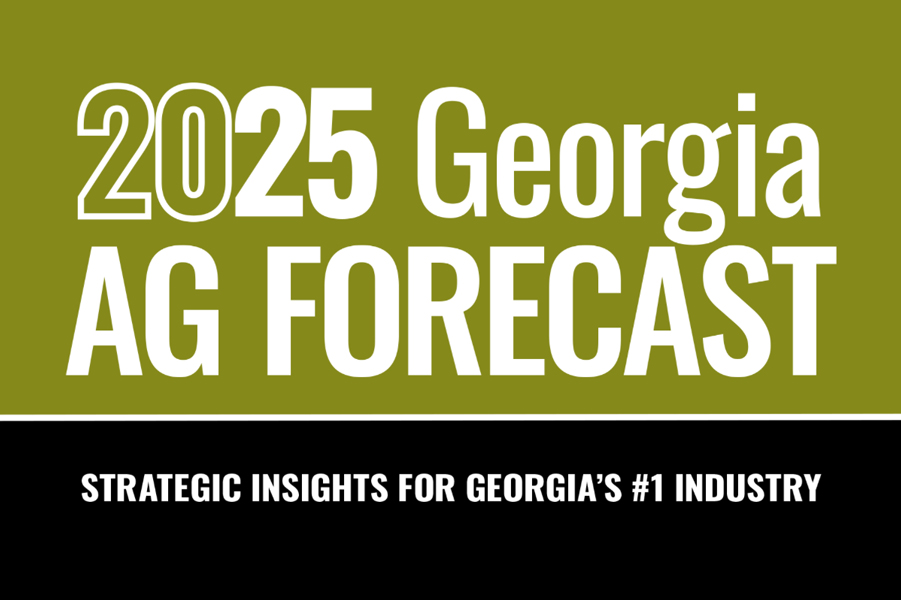
AP 130-3-04
2025 Georgia Broiler Industry Forecast
1. The outlook in 2025 for the Georgia broiler industry is one of cautious optimism.
2. The significant risk is market fundamentals—will production growth overshoot demand and cause prices to fall?
3. Other areas to watch include relatively low exports, animal protein price competitiveness, and potential grower-contract regulations.William Secor
|
-
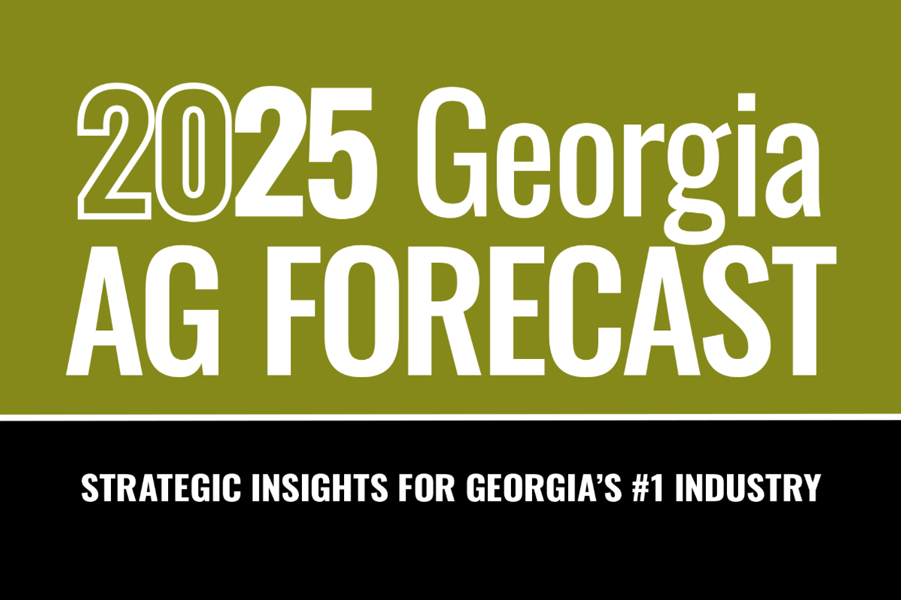
AP 130-3-05
2025 Georgia Beef Cattle Forecast
1. The 2025 outlook for the beef cattle sector is positive with low supplies meeting high demand to create elevated prices.
2. In the near term, the higher risk appears to be beef demand—because of likely high beef prices and ample animal protein competition in the year ahead.
3. Herd rebuilding indicators should be watched carefully as the cattle cycle may be approaching its next low in 2025.William Secor
|
-
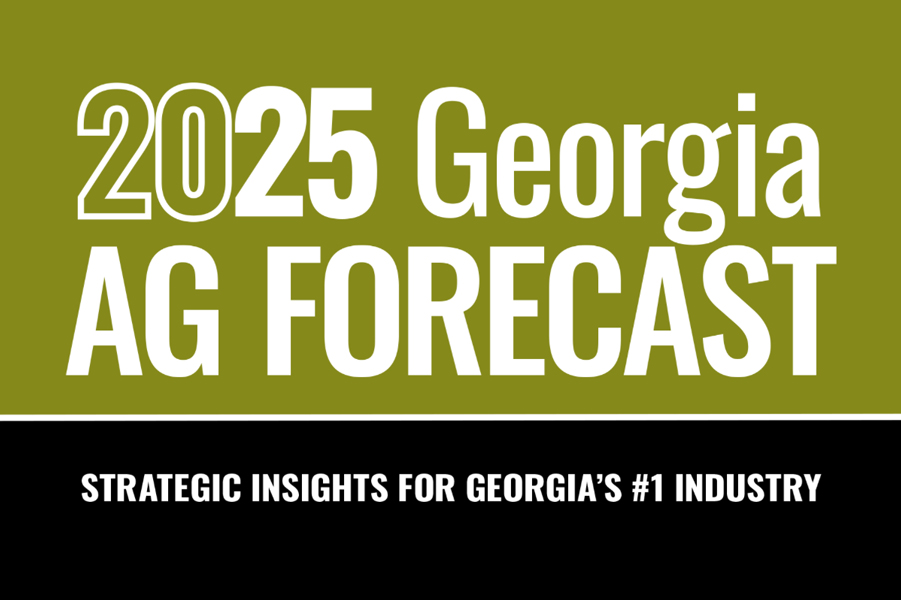
AP 130-3-06
2025 Georgia Dairy Forecast
1. The Georgia dairy forecast for 2025 is steady to positive.
2. Key uncertainties come from the balance of supply and demand and potential federal order reform.
3. Highly pathogenic avian influenza (HPAI) and export risks may also play a role in the year ahead.William Secor
|
-
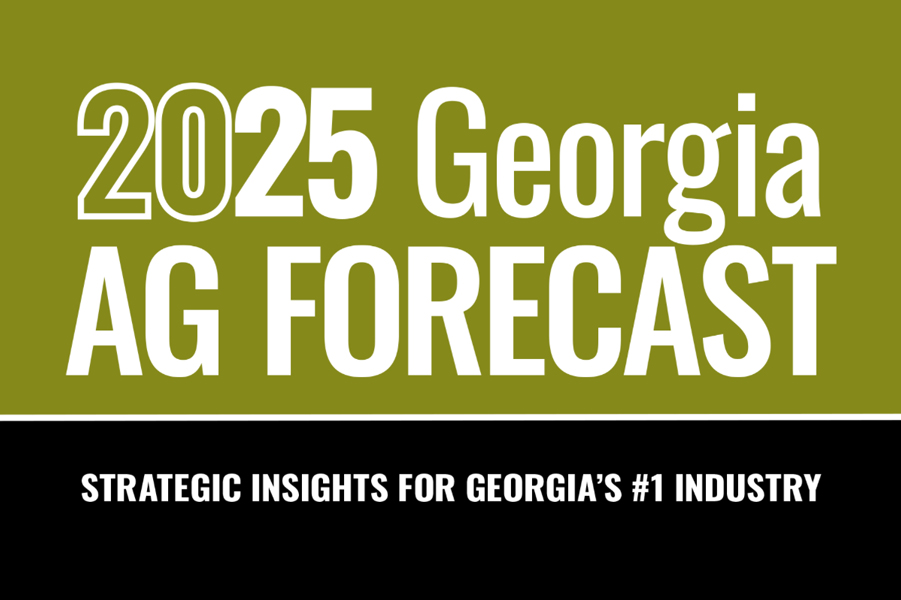
AP 130-3-07
2025 Cotton Outlook and Market Situation
1. Cotton prices are anticipated to stay low in 2025, driven by sluggish global economic growth, declining consumer demand, and rising trade uncertainty.
2. U.S. cotton acreage and production are likely to remain at current low levels in 2025 because of relatively weaker price expectations compared to competing crops.
3. Cotton production in 2025 is expected to face limited opportunities for profitability recovery, constrained by high input costs and low prices.Yangxuan Liu
|